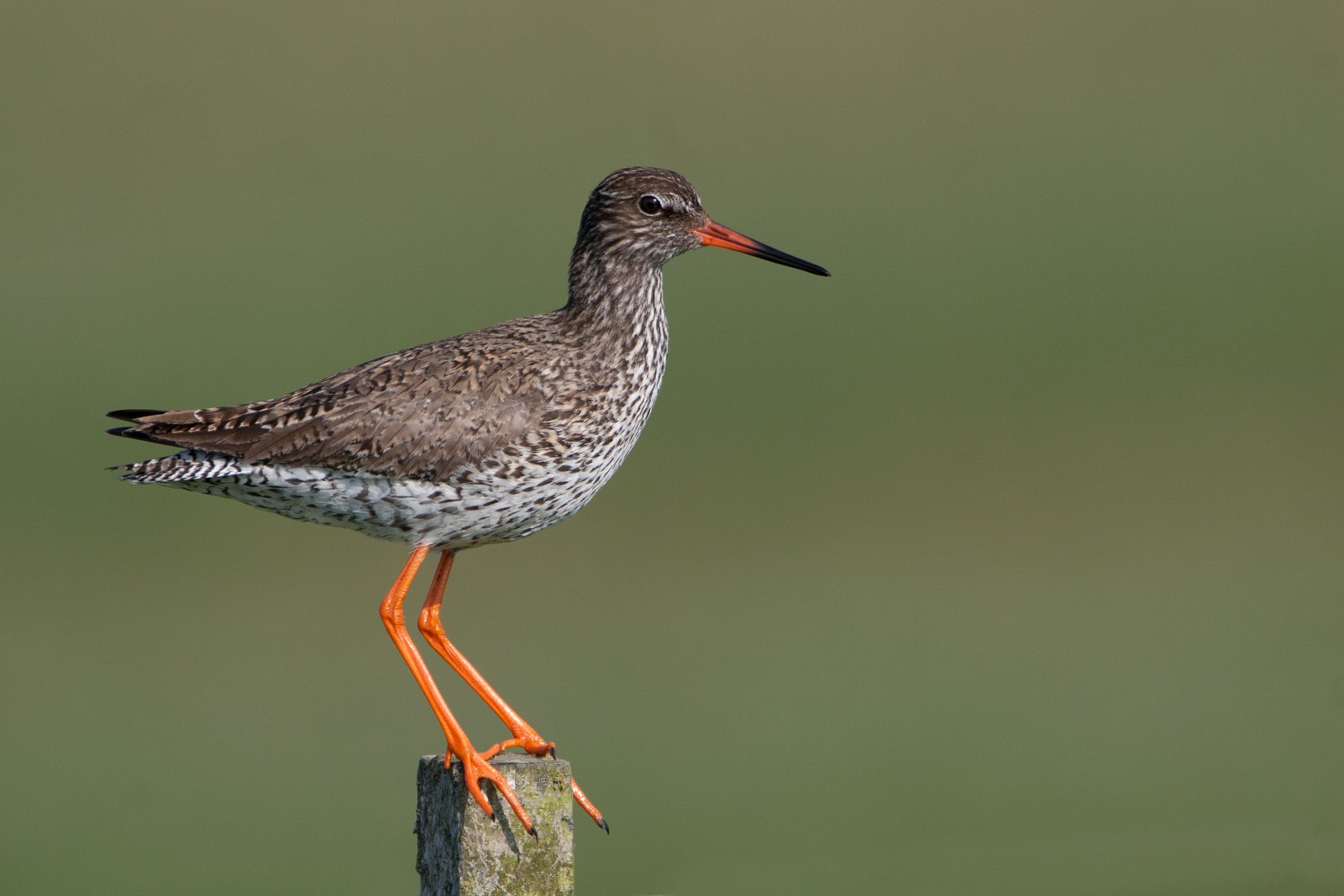Descrição
The saltmarshes of the Hamburger Hallig reach from the dike four kilometers to the actual Hallig near the water. There is one path that you can follow. Right at the parking lot is a ditch which is covered with reed. In spring and summer this is good spot to look for Pisco-de-peito-azul, rouxinol-dos-caniços, Felosa-dos-juncos and Escrevedeira-dos-caniços. Also a few pairs of Trigueirão breed behind the dike. When over the dike, there is an area with shorter vegetation where especially in spring an autumn thousands of Ganso-de-faces-negras and Ganso-de-faces-brancas forage for their journey to the south or north. When you look closely between these geese there are sometimes rarities like Ganso-de-pescoço-ruivo or other subspecies of Ganso-de-faces-negras. In these times there are also many Abibe-comum and Tarambola-dourada. In winter the dike is the best place to look for Escrevedeira-das-neves, Cotovia-cornuda and Pintarroxo-de-bico-amarelo. Between these there are sometimes rarities like Escrevedeira da Lapónia.
Halfway to the Hallig there is the "Schafsberg", a hill with a little hut on it. From there you have a great view over the saltmarshes. In spring and summer they are full of life. Birds like Maçarico-de-bico-direito, Alfaiate, Ostraceiro, Petinha-dos-prados and Laverca breed in large numbers in the meadows. This is also the spot with one of the highest densities of Perna-vermelha-comum at the whole coast of Nordfriesland. Birds of prey are also common visitors in the saltmarshes. Tartaranhão-ruivo-dos-pauis is there from spring to autumn, Tartaranhão-azulado from autumn until spring, while Águia-rabalva can be seen the whole year.
From the actual Hallig you have a good view on the mudflats of the Wadden Sea. Pilrito-comum, Fuselo, Seixoeira and Tarambola-cinzenta come in high numbers in spring and autumn to forage. Guincho-comum, Gaivota-argêntea, Eider-edredão and sometimes Merganso-de-poupa breed at the edge of the Hallig while Andorinha-do-mar-árctica and Andorinha-do-mar-comum only come here to forage.
Detalhes
Acesso
With public transport the Hamburger Hallig can best be done from Bredstedt, the nearest trainstation. From there a bus goes there irregularly. If you come with the car, you can park at in the parking lot behind the dike. Click on the P in the map for directions. From there you can either walk or rent a bike cheaply and ride further to the Hallig. The way to the end of the Hallig is about four kilometers.





